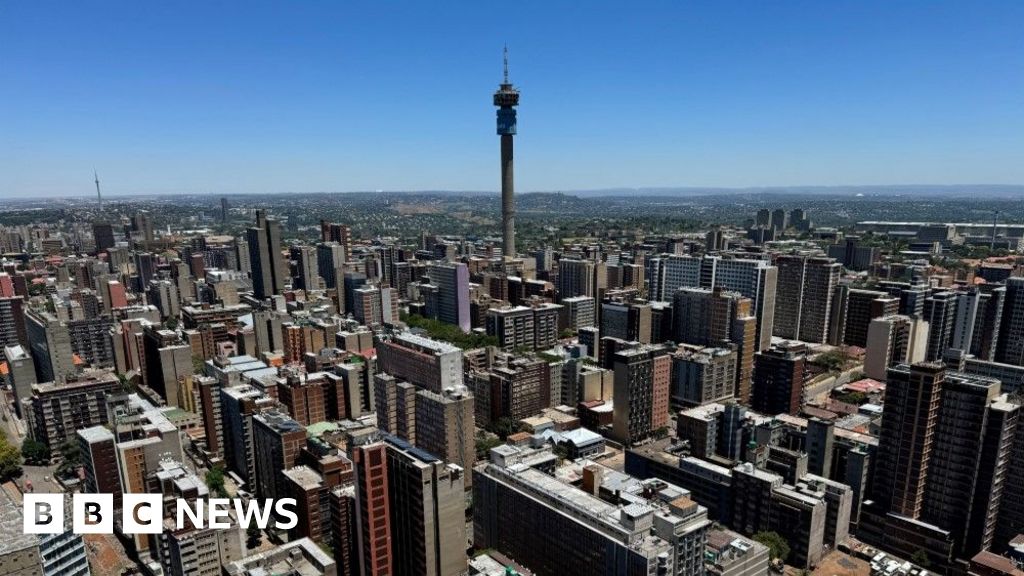NEW DELHI: Former
President Donald Trump
has stirred controversy with claims that
Chinese migrants
are forming an "army" in the United States, a statement that has sparked fears and debates across the nation. "They’re coming in from China — 31, 32,000 over the last few months — and they’re all military age and they mostly are men," Trump declared during a
campaign rally
.
"And it sounds like to me, are they trying to build a little army in our country?"
Amid these alarming assertions, Trump's stance on immigration continues to be stringent, advocating for aggressive policies aimed at curtailing what he perceives as a threat. His proposed measures include the reinstatement of the "remain in Mexico" policy and the Covid-era Title 42 policy, allowing swift expulsion of migrants. Furthermore, Trump has indicated a readiness to employ the National Guard and potentially federal troops to detain and deport illegal immigrants aggressively.
Trump has said he will seek to detain all migrants caught crossing the border illegally or violating other immigration laws, ending what he calls "catch and release."
Trump focused on building a wall on the Mexico border during his first term and has pledged to close gaps in the border wall if reelected. His administration built 450 miles (725 km) of barriers across the 1,954-mile (3,145-km) border, but much of that replaced existing structures.
Trump would introduce a border security and immigration bill as one of the first pieces of legislation, a Time report said.
With over 37,000 Chinese nationals arrested at the US-Mexico border in 2023, the influx is notable, but officials like Deputy Secretary of State Kurt Campbell label them as "economic migrants," underlining the absence of evidence to support Trump’s claims of an impending threat.
However, Contrary to Trump's portrayal, the actual situation of Chinese immigrants in local communities like Flushing, New York, tells a starkly different story. Early mornings in Flushing see individuals like Wang Gang, a 36-year-old immigrant, and others, gathering in hopes of securing day labor to sustain themselves. Many of these migrants have faced hardship and unemployment, despite having arrived months ago.
Wang, who journeyed from Wuhan, China, to the US border, expressed a sentiment common among his peers, countering Trump’s militarization narrative: "We came here to make money," he said, emphasizing the economic motives behind their migration. These migrants often flee from poverty or political repression in China, seeking better opportunities in the US rather than engaging in any form of organized aggression.
With over 37,000 Chinese nationals arrested at the US-Mexico border in 2023, the influx is notable, but officials like Deputy Secretary of State Kurt Campbell label them as "economic migrants," underlining the absence of evidence to support Trump’s claims of an impending threat.
As the discourse unfolds, Asian advocacy groups worry about the potential for increased harassment and violence toward the Asian community, exacerbated by such inflammatory rhetoric. The real-life struggles of these migrants, striving for a semblance of stability and safety, remain overshadowed by the specter of political narratives.
(With inputs from agencies)

 8 months ago
30
8 months ago
30









